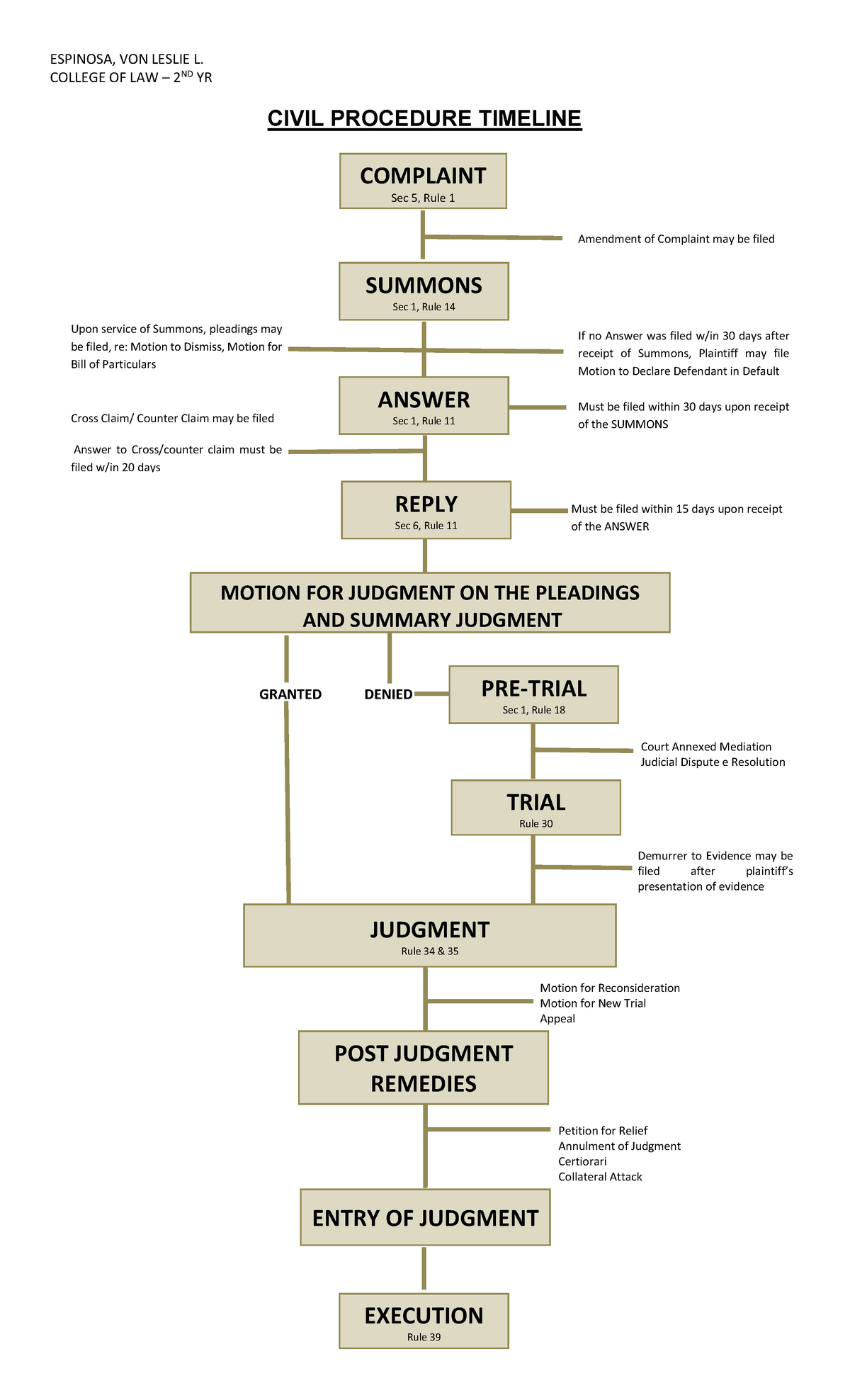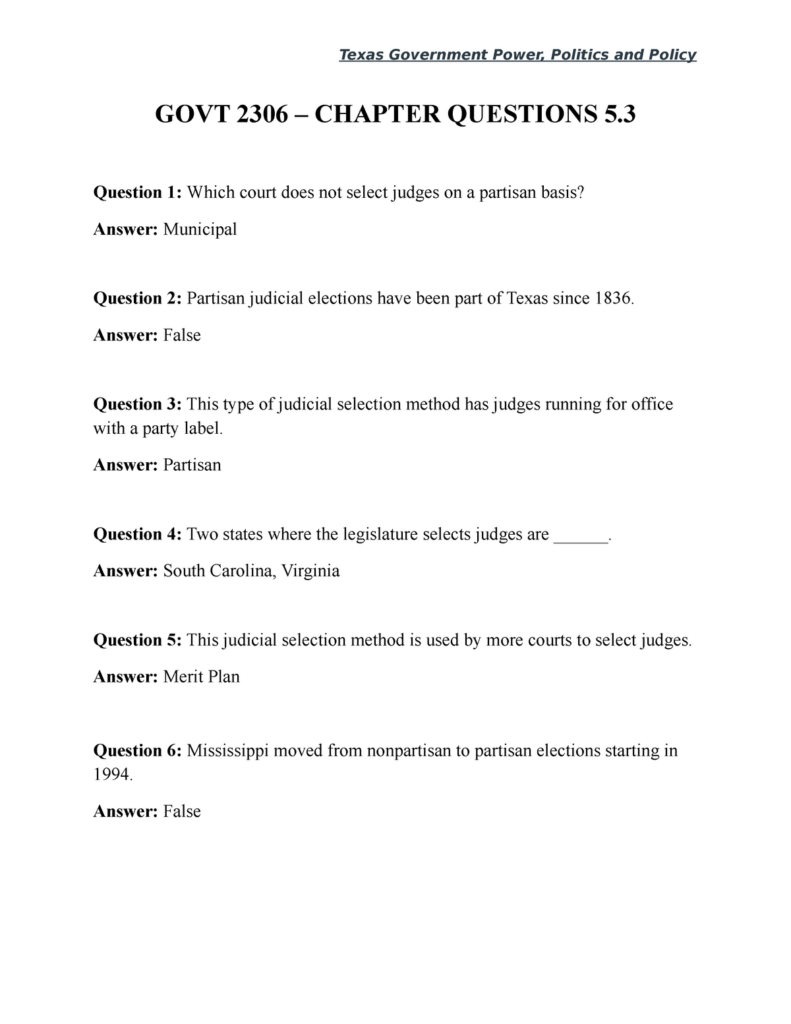Civil Procedures Court Forms – If you are selected to represent a civil court client, you may be required to fill out a variety of forms. Some forms are available on the internet or printed off from the website of the court. Others may need to be submitted in hardcopy. There are also additional online forms, but it is essential to make sure that they’re appropriate for your particular situation before you use them.
Fill in blanks on the form
The Supreme Court Administrative Office (SCAO) which is also known as the Supreme Court, maintains an enormous inventory of incomplete court forms. These forms are arranged in accordance with the type of legal matter. The forms can be found by entering their number or the name.
If you are planning to draft a legal document, the first thing to do is find an appropriate form to meet your specific situation. On some forms, cases titles and the names of the two parties are separated with spaces.
Before you sign a form be sure to go through the instructions thoroughly. The requirement to sign in could be necessary in some cases. There may also be information about how the documents were delivered. It is crucial to keep only single-sided copies. You won’t have to duplicate the papers again if you do this later on.
Request limited status in order to receive an electronic copy of the document
It can be difficult to get a limited status for the electronic form of civil. The factors to consider are legitimacy as well as whether the format specifications have been met. It’s important to refer to the Minnesota Supreme Court regulations, or the rules applicable to your court to ensure you are following the rules in a correct manner.
The standard for filing electronically is that the document needs to be legible and include an official stamp. The document must be placed in an envelope properly and handed over to the clerk of the county. The document’s validity will be verified if there’s any doubt.
You might need to fill out an EFCIV-23 form to notify the parties involved that your submission was converted into electronic filing. In exceptional circumstances, you must also serve this form with your commencement paperwork.Additionally, you must use EDDS to submit the paperwork to the court.
Send original copies of the exhibits.
Some countries may require that you submit a physical copy of your evidence to the court. The documents you submit are usually filed online. This implies that when you require a printed copy of your electronic filings is required for use in courtrooms you have to give it to the court.
Complete all court forms accurately and to the best extent feasible. Each of the fields should be filled in completely and precisely. There are often empty spaces within the forms. If you are unsure about the format of a form, it’s a good idea seek advice from a lawyer.
Hard copy exhibits have to be provided to all parties along with the associated document, like the Notice of Hard Exhibit File. Online solutions such as Odyssey File and Serve and EDDS mail are a good way to serve.
The online forms might not be suited to your requirements.
If you’d like to utilize online court forms, it is necessary to first talk to a lawyer. You’ll have the ability to learn your options and rights due to this. You are accountable for your legal actions when you do not retain legal advice. You could be liable to disciplinary actions or civil fines, such as one for practicing law with no an authorization.
While many courts offer self-help resources on their websites for courts, some do not. The Alaska Court System developed certain forms. You can download the complaint form here. A different kind of form is available online complaint forms.
If you are happy with the completed form Print it out and hand it to the court. There could be other forms you can download from the court’s website. Some of these forms require computer software. Computer programs are designed to collect information and ask questions. data. After that, they design forms.


